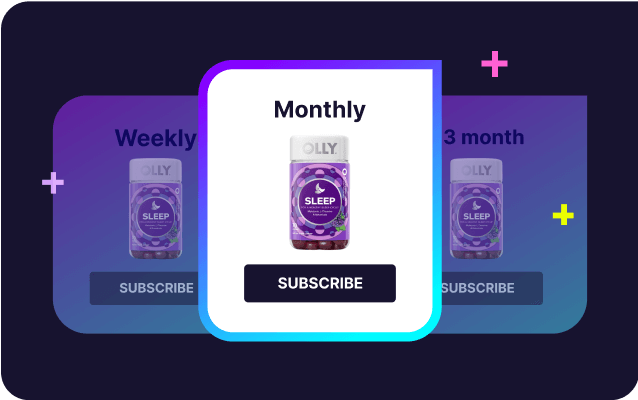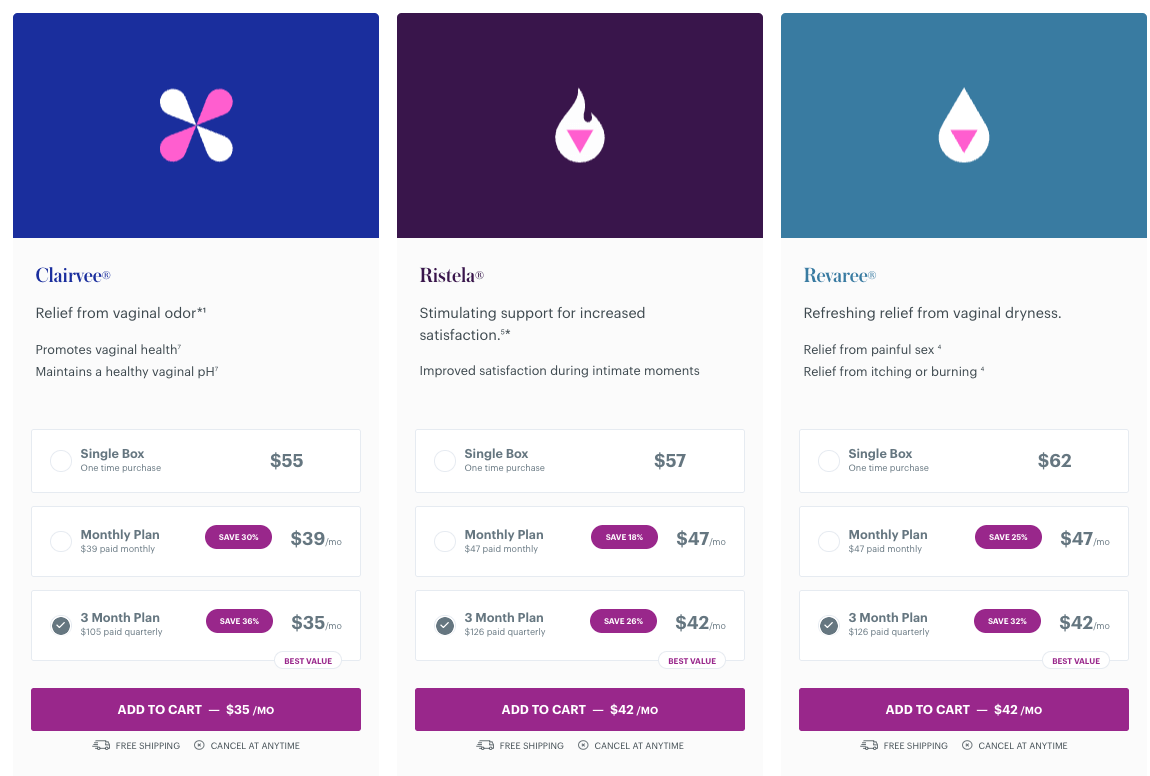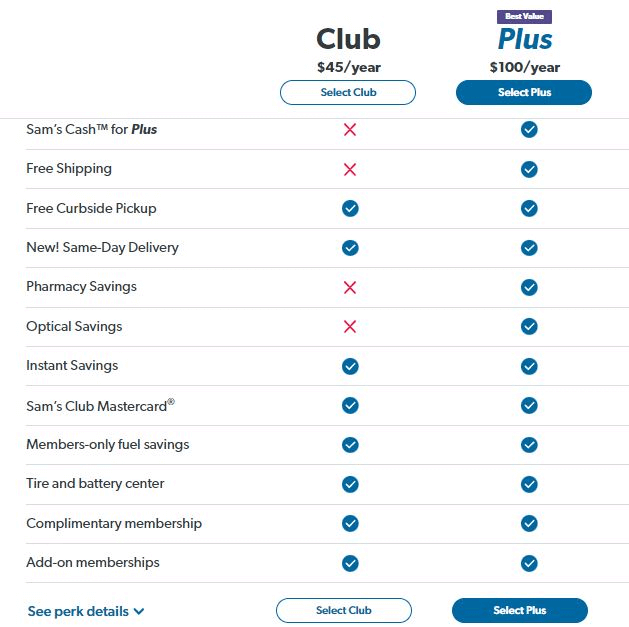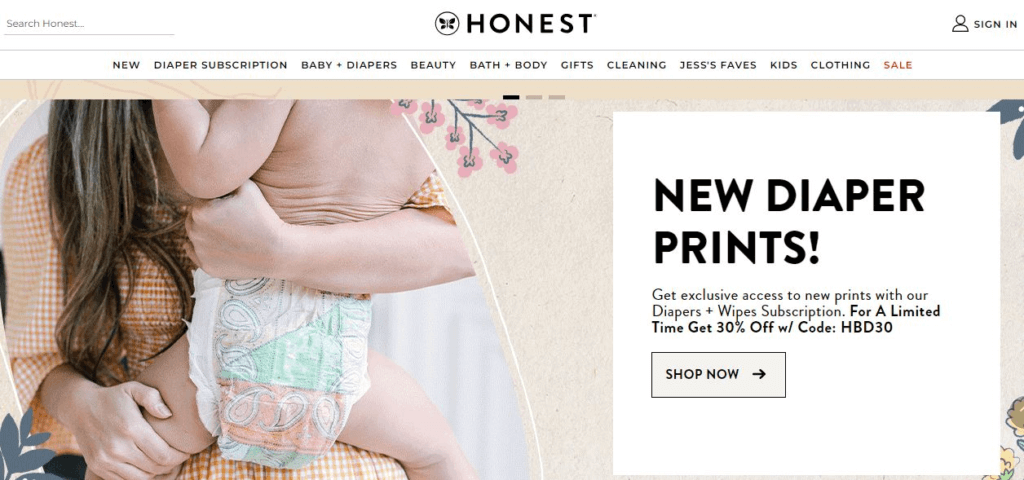The Complete Guide to eCommerce Subscriptions
- The subscription based business model: What is it and is it right for you?
- Introduction: The rise of eCommerce subscriptions
- The eCommerce subscription model: Understanding its 3 types
- 5 Benefits of subscription services
- 9 Crucial subscription eCommerce platform capabilities
- Your guide to the essential subscription integrations and apps
- How to start a subscription business in 6 steps
- 5 Subscription model best practices
- Take the effort out of subscriptions with Ordergroove
The subscription based business model: What is it and is it right for you?

The eCommerce subscription based business model is on the rise. In fact, the global market size for subscriptions reached $117 billion in 2022 and is expected to reach $2.5 trillion by 2028.
But why are subscriptions taking off like a rocket ship? It’s because they’re a win-win for customers and businesses. Customers love the convenience and value subscriptions offer, while businesses love the recurring revenue model and the increased customer loyalty subscriptions foster.
If you have a replenishable product and don’t offer a subscription business model, you’re missing out on the best way to increase customer retention — and all the good stuff that comes with it.
What is a subscription based business model?
A subscription business model automatically charges customers on a recurring basis for a product or service. The product or service is then available, either on-demand or via automatic shipments, so that the end-customer doesn’t have to make a repeat purchase every time they want or need the product.
This arrangement is mutually beneficial for all parties involved. The benefit to the end-customer is convenience, while the benefit to the business is a reliable, recurring revenue stream that helps them become more profitable as they continue to gain more sales without having to spend on customer acquisition efforts.
So, it’s easy to see why subscriptions are a key aspect of Relationship Commerce, a business strategy in which brands seek to develop deeper relationships with their customers — moving them from one-and-done transactions to ongoing, frictionless relationships — that results in predictable recurring revenue and higher customer lifetime value.
But you might be wondering how the subscription based business model looks in practice.
Subscriptions usually come in two forms: digital and physical goods, depending on the product or service that the company offers.
Digital subscriptions
An example of a digital subscription based business model in action is Netflix. The streaming service is one of the most dominant subscription companies ever. Consumers have an insatiable demand for fresh entertainment content, so they’ve opted into a monthly fee to access Netflix’s shows and movies.
While subscriptions for physical products such as magazines and newspapers pre-date digital subscriptions, it was companies like Netflix or Masterclass that have brought digital into the 21st century.
Physical good subscriptions
Physical good subscriptions are becoming increasingly popular as direct to consumer (DTC), consumer packaged goods (CPG), and retail brands look to improve their unit economics by growing customer lifetime value to offset rising customer acquisition costs.
These brands offer subscription services for their physical products so customers never run out of their favorite products. Popular physical good subscription companies include Dollar Shave Club or The Honest Company — however, more and more brands are starting to offer subscription experiences including OLLY, a popular CPG brand that sells online and in retail stores, Tula Skincare, a popular DTC eCommerce brand, and even Sephora, who’s best known as leading chain of beauty and cosmetic stores.
That said, no discussion of subscription based business models is complete without understanding how brands implement it alongside, or in place of, the rest of their offerings.
The subscription business model can take many forms, but for simplicity, merchants tend to be either subscription-first or subscription-second.
Before we get into how to start a subscription business, let’s take a look at each model.
The subscription-first model
Often seen in the direct to consumer space, subscription-first businesses generate at least 51% of their revenue from subscriptions. An example of one would be the pet food brand, Chewy, who allows one-time purchases — while the bulk of their revenue comes from subscriptions.
Benefits
A key benefit of the subscription-first revenue model is its high profitability. Subscribers tend to have higher lifetime value than one-off buyers since they’ve entered a longer-term relationship with your brand. As long as they find continuous value in your products or services, you can count on them for monthly recurring revenue (MRR).
Another benefit is better inventory forecasting and predictable revenue. Say you have 5,000 subscribers, an average monthly acquisition rate of 5%, and an average monthly churn rate of 1%. This data helps you predict how much inventory to have on hand to satisfy monthly orders. Excess inventory means spending more on storage. A lack of inventory means some customers won’t get what they want.
Challenges
Subscription-first models also have their share of challenges, especially if you’re a new player in a crowded field.
According to Forbes, the average consumer had five retail subscriptions at the start of 2023. With such fierce competition in the space — and the chance of subscribers losing interest in maintaining subscriptions across multiple brands — it can take longer to get a successful subscription-first business up and running, and you can’t afford to neglect any detail.
Successful subscription-first businesses offer a thoughtful and world-class customer experience, from the initial subscription enrollment, to the ability to manage subscription orders, to the delivery of every product. Many companies feel that in order to create these world-class experiences, they must build their subscriber experience internally which can cause costs to balloon over time and actually hurt long-term innovation.
That’s how Dollar Shave Club, who was the premier physical subscription brand in the early 2010s, initially got their start. They built a highly innovative customer experience for its time and saw tremendous growth in subscribers thanks to their efforts — but by 2021, they found that 40% of their developer resources was allocated just to maintain their existing experience, giving them very little resource or budget for the innovation required to keep up with customer demands.
Speaking of, it’s worth noting that subscribers are raising their standards in a volatile economy. Recent studies show that 43% of subscribers are on the fence about staying enrolled in their existing subscriptions, and 22% say they’re likely to cancel one or more subscriptions in the interest of saving money. And according to a recent consumer survey, the biggest causes of subscriber churn are billing problems and subpar customer experience.
So, unless you can deliver value alongside a smooth customer experience over the long term, subscribers will give their recurring payments to someone else.
The subscription-second model
Subscription-second businesses use subscriptions to drive a portion of their revenue, but they predominantly rely on one-off product sales. These businesses typically have a brick-and-mortar presence, as well as an online store. For example, a coffee brand might sell their product in stores and allow shoppers to subscribe to select flavors through their website.
Benefits
If you’re an established transaction-based business with products suitable for a subscription offering, a key benefit is the ability to ease into the subscription business model.
This could look like starting with a few subscription products, testing and iterating on the experience until you get it right — at which point you can confidently offer more subscription products. From there you can start promoting them more heavily in customer acquisition campaigns, and eventually start acquiring more upfront subscribers than one-time buyers.
Challenges
The primary challenge many subscription-second businesses face is that they’re splitting their time and focus between their transactional customer experience and subscriber experience, and are oftentimes unknowingly leaving recurring revenue on the table.
Splitting their focus between transaction and subscription experiences can sometimes mean that subscriptions suffer from under-investment, despite the potential for these customers to be the most valuable and highest ROI for the brand. In turn, that lack of investment can lead to subpar subscriber experiences with low subscriber enrollment, retention, and average order value (AOV).
Not only does a mediocre subscriber experience leave precious recurring revenue on the table, but it can drive up support tickets, growing costs and creating further frustration for customers.
Types of subscription based business models
Subscription based businesses, whether first or second, take three main forms. They can be adopted by industries ranging from food to wellness, and everything in between.
Subscribe and save
Subscribe and save, also known as replenishment, provides regular, recurring delivery of the same product to consumers at a discount.
Bonafide is a health supplement brand that aims to optimize women’s health by providing a safe, effective, naturally derived alternative to drugs. They started out offering subscribers a discount on monthly recurring orders, but saw even greater success when they introduced a three-month subscription offering designed to deliver more value for their money.

To sweeten the deal even further, they use dynamic bundle incentives to offer subscribers even more savings when they add more products to their subscription. Best of all, their bundle incentives are dynamically applied to subscriber orders based on a combination of pricing thresholds and the exact products the customer has already subscribed to — so subscribers can fall in love with new products, get relief for new symptoms, and do it easily.
Bundles
Unlike subscribe and save, a business that uses bundles sells multiple products as a single subscription — often the subscriber chooses the products, but the business can as well.
Peet’s Coffee has mastered subscription bundles to keep customers buying directly from their brand.
They appeal to less adventurous coffee drinkers — and keep evergreen SKUs moving — with a rotating curation of their more traditional coffee products. And for those who prefer to shake things up, Peets offers a seasonal rotation with new seasonal varieties each spring, summer, fall, and winter.

While Peet’s Coffee makes it look easy, one of the biggest challenges that comes with offering rotating subscription bundles is maintaining a steady stream of new products.
Membership
Memberships provide access to a company’s products or services for a recurring fee. They can encompass an entire product line or a subset of products that only subscribers can access.
Sam’s Club enhances its subscription pricing structure by offering two membership tiers.

The more expensive Plus tier offers free shipping and savings in optical and pharmacy departments.
How to decide if a subscription based business model is right for you
With so much competition in the subscription space, you need to consider the marketplace and your own capabilities before launching your own subscription based business model.
Analyze the market
As you survey the competition prior to launching your subscription offering, make sure there is space both for your product and the experience you hope to build around it.
Take The Honest Company for an example of how this can look in practice. They weren’t the first to offer a diaper subscription, and there are less expensive subscriptions available to consumers. Yet they thrive. Why? After analyzing the market, they made the following strategic decisions.
- They believed they had a better, safer diaper because of its sustainability. As a result, with a higher price point.
- They made their diapers fashionable. They have multiple designs from which to choose.

- They made their diapers flexible, both in terms of size and the children’s needs (infant, training, overnight).
- Parents can quickly switch from one type of diaper to the next, skip shipments, and get early access to new designs.
Audit your technology stack
If there’s friction in your subscriber experience, your technology providers might be responsible.
Make sure you audit them before you launch your subscription experience.
- Some eCommerce platforms come with a subscription solution, but the technology is often limited. If you want a flexible subscription experience, for both yourself and your subscribers, you’ll need to partner with a subscription platform.
- Your payment provider must be able to handle automatic renewals and protect your customers’ information.
- Real-time inventory management software is also vital. You don’t want to disappoint your customer base with out-of-stock merchandise or have too much on hand. The latter can increase your warehousing costs.
- Subscription platforms must also integrate with your marketing automation software. This will allow you to easily update your subscribers about their order so they can easily adjust it to fit their needs.
Once you optimize your technology stack, you’ll be able to collect data about your subscribers. Use this data to improve their experience with personalized recommendations, offers, or discounts.
Subscription based businesses increase customer loyalty
The convenience and value of a properly executed subscription based business model gives customers valuable time back in their day to focus on what matters most. In return, they will reward you with long-term relationships and share of wallet. All made possible when you use a loyalty program for eCommerce.
If you’re interested in learning more about subscription services and the specific type that would work best for your business, check out our next article, The eCommerce Subscription Model: Understanding Its 3 Types.